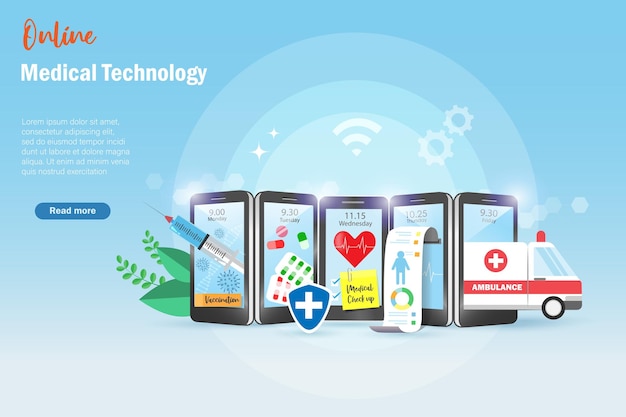The Future of Medicine: Checking Out Subscription Based Healthcare Designs
The Future of Medicine: Checking Out Subscription Based Healthcare Designs
Blog Article
The Surge of Subscription-Based Healthcare and Its Influence On Person Care
As medical care progresses, the subscription-based version is gaining grip, assuring to revolutionize client treatment by supplying predictability and ease of access. The possibility for these versions to reshape medical care distribution increases pushing inquiries concerning their lasting sustainability and inclusivity. Are these subscription services the future of healthcare, or do they run the risk of leaving prone populaces behind?
Understanding Subscription Healthcare Versions
Understanding the idea of subscription medical care versions includes examining a transformative strategy to clinical services that highlights cost and availability. These designs, frequently referred to as direct health care (DPC) or concierge medication, have actually arised as innovative options to typical fee-for-service healthcare systems. Subscription healthcare allows patients to pay a fixed month-to-month or annual fee for a defined set of medical solutions, which may consist of endless workplace sees, regular check-ups, and fundamental lab examinations, without the need for typical insurance invoicing.
The structure of subscription health care designs is made to enhance client treatment by removing third-party payers and complicated payment codes, thus reducing administrative burdens. Healthcare carriers can concentrate extra on individual care, fostering stronger patient-provider relationships. This model also promotes preventative treatment by encouraging routine brows through, as the economic challenge of per-visit fees is eliminated.
The subscription model typically empowers health care service providers to take care of smaller sized person panels, allowing for even more customized care. It straightens economic incentives with person wellness end results, as providers are inspired to preserve patient fulfillment and wellness. On the whole, comprehending membership healthcare versions needs recognizing their prospective to reshape how care is supplied and accessed.
Benefits for Service Providers and patients

With a consistent income stream, medical care professionals can commit more time to each person, leading to a more detailed and individualized care experience. The emphasis on preventative care within registration plans can lead to far better client outcomes and minimized long-lasting health care expenses.
Challenges and Problems
While subscription-based medical care designs present many advantages, they likewise come with a set of difficulties and issues that must be resolved. This raises ethical inquiries concerning fair access to health care solutions.
Financial sustainability of subscription-based designs is another concern. Providers have to stabilize the set revenue from subscriptions with the variable prices of medical care services, which might rise and fall because of unanticipated medical needs. This can produce pressure to restrict services or boost charges, potentially influencing individual complete satisfaction and care high quality.
Additionally, regulatory oversight of subscription-based healthcare models is still developing. Resolving these difficulties is vital for the successful and fair execution of subscription-based medical care.
Influence On Patient-Doctor Relationships
One considerable influence of subscription-based health care versions on patient-doctor relationships is the capacity for improved connection and customized care. By subscription based healthcare adopting a membership version, doctors can take care of a smaller patient panel, permitting for even more committed time with each individual. This raised schedule fosters a much deeper understanding of a client's clinical background, way of life, and choices, allowing extra tailored therapy strategies and interventions.

Nevertheless, it is necessary to recognize that while subscription-based versions may benefit those who can manage them, they could accidentally expand health care variations. People who are not able to blog take part in these models may experience lower accessibility to customized care, possibly affecting their partnerships with health care service providers. Hence, while the subscription model uses appealing advantages for patient-doctor partnerships, it additionally postures difficulties that require to be addressed to make certain fair healthcare gain access to.
Future of Medical Care Access

The function of modern technology can not be neglected in this transformation. Telemedicine systems and electronic health and wellness documents facilitate seamless interaction in between individuals and doctor, breaking down logistical and geographical barriers. In addition, developments in expert system and data analytics can even more individualize healthcare by predicting client requirements and maximizing treatment plans.
Nevertheless, the future of healthcare click to read more access likewise provides challenges, such as making certain equity throughout different socio-economic groups. Policymakers and health care providers must team up to link the digital divide, making sure that subscription-based designs remain comprehensive and budget friendly. As these systems grow, they hold the pledge of making healthcare much more accessible, reliable, and patient-centric.
Verdict
Subscription-based medical care models are improving client care by offering a stable cost framework and enhancing availability. These designs reinforce patient-provider connections via personalized treatment and regular sees, emphasizing preventative health. Regardless of these advantages, challenges such as access problems for low-income populaces and the need for equitable health care solutions continue. The increase of subscription-based medical care encourages proactive person engagement, which has the prospective to improve patient results and contentment, signifying a transformative shift in health care delivery.
As healthcare develops, the subscription-based model is acquiring traction, promising to transform individual treatment by using predictability and access.Subscription-based medical care designs use unique advantages for both service providers and clients, enhancing the overall health care experience.As health care systems evolve, the future of medical care accessibility regularly hinges on the integration of cutting-edge versions and modern technologies.Subscription-based medical care designs are reshaping person treatment by supplying a stable price structure and boosting availability. The increase of subscription-based healthcare motivates proactive patient interaction, which has the potential to improve client end results and contentment, signaling a transformative change in healthcare distribution.
Report this page